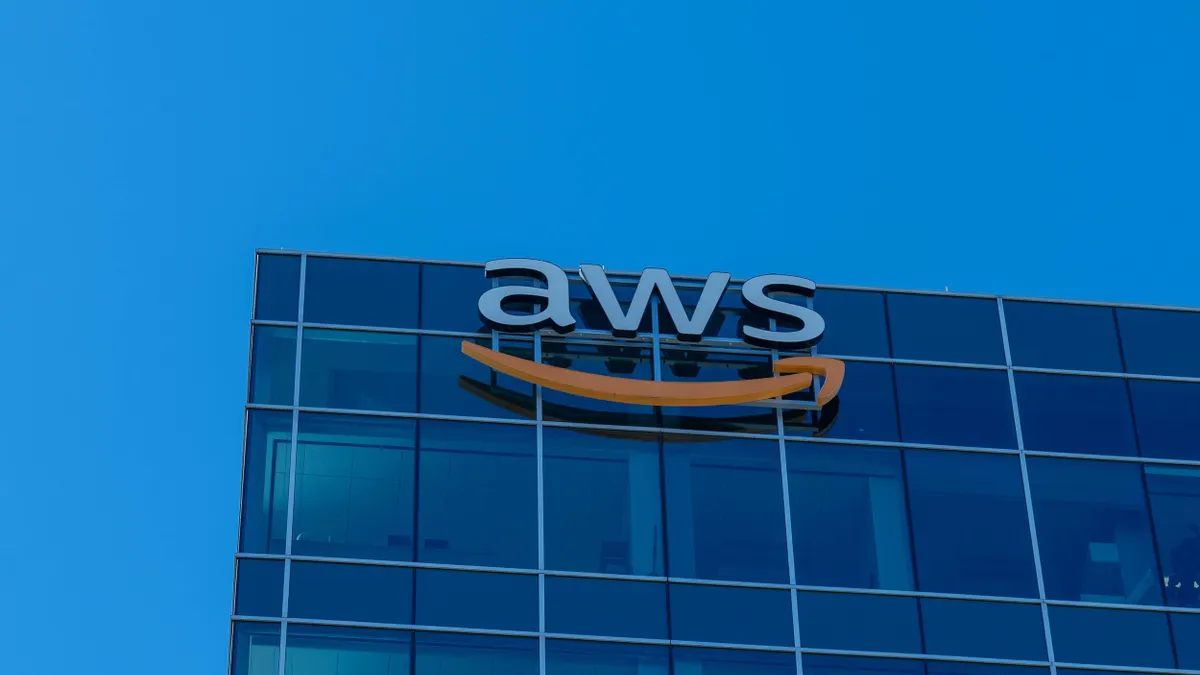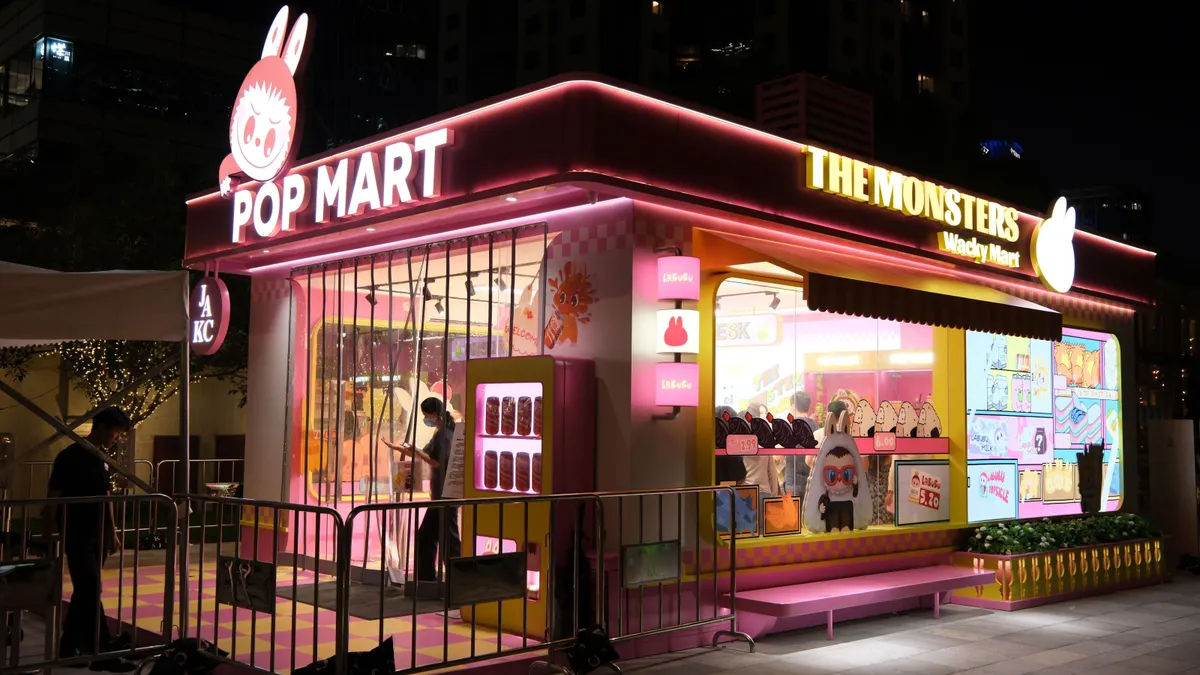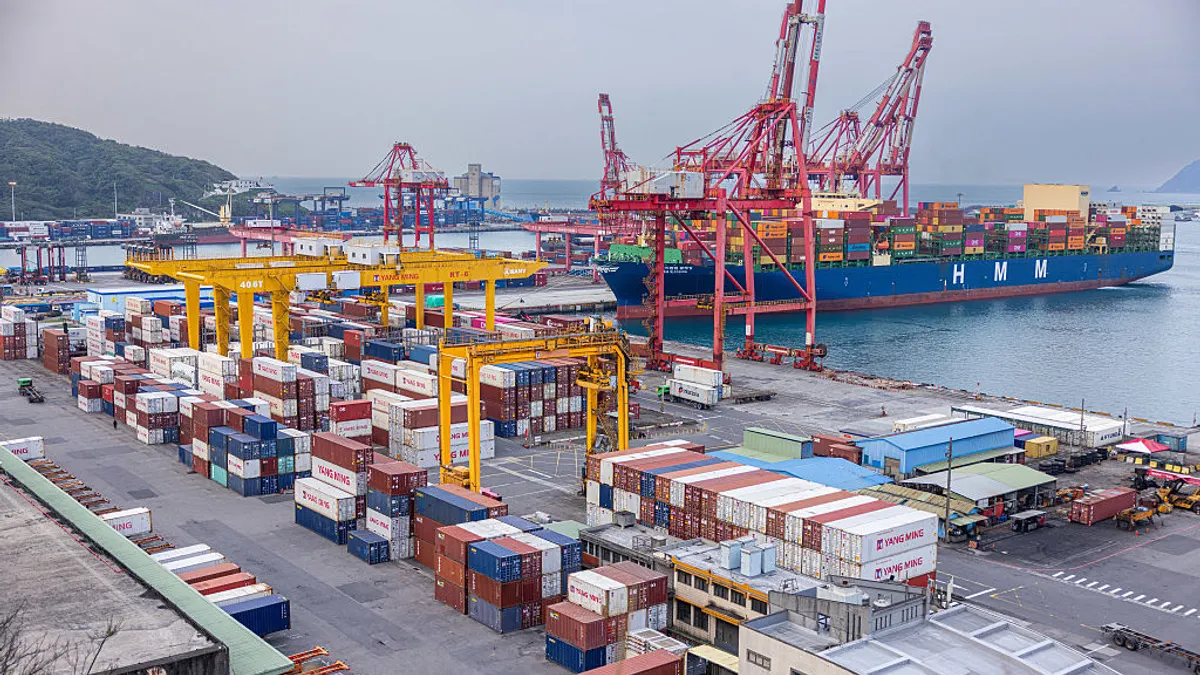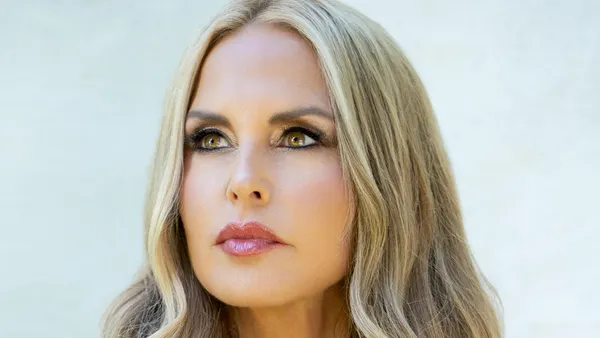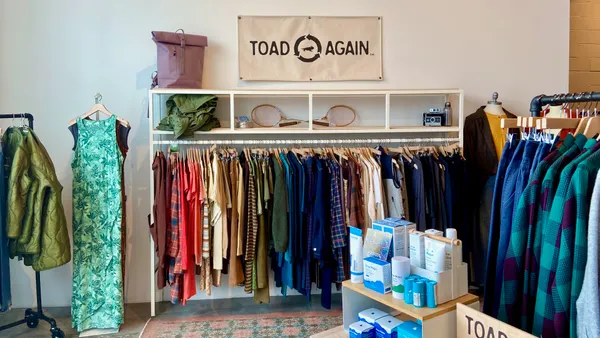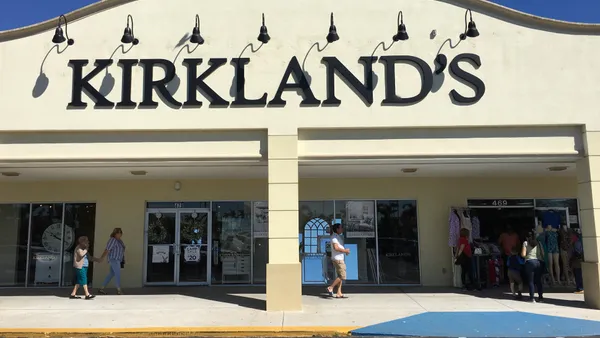Dive Brief:
-
Amazon’s Q2 online store net sales rose 11% year over year to $61.5 billion, as physical store sales rose 7% to $5.6 billion, the e-commerce giant reported Thursday.
-
Related operations grew more in the period, with third-party seller services up 11% to $40.3 billion, advertising up 23% to $15.7 billion and subscription services up 12% to $12.2 billion.
-
On a call with analysts, CEO Andy Jassy touted additions to the assortment, including Away, Aveda and Marc Jacobs Fragrances; brands from the tie-up with Saks Global, including Dolce & Gabbana, Etro, Stella McCartney, Rosetta Getty and La Prairie; and “the much requested return of Nike's products.”
Dive Insight:
Amazon’s retail enterprise, while immense and growing, is increasingly in the shadow of adjacent businesses like advertising, subscriptions and marketplace seller services. In Q2 those operations grew as fast or faster than its online and physical stores and together netted more revenue. The company’s stalwart cloud business also continues to be yet another boon to its e-commerce.
Online plus brick-and-mortar net sales topped $67 billion, while advertising plus subscription fees plus seller services, where growth was mostly higher, topped $68 billion. Sales at the AWS unit rose 17.5% year over year to nearly $31 billion.
“The solid growth and profitability of AWS and advertising should continue to outperform and support Retail,” Telsey Advisory Group analysts led by Joseph Feldman said in a note on the company’s Q2 report.
This is a unique situation in retail, though Amazon is encountering many of the same challenges. Currently that includes uncertainty around tariffs.
“There continues to be a lot of noise about the impact that tariffs will have on retail prices and consumption,” Jassy said. “Much of it thus far has been wrong and misreported. As we said before, it's impossible to know what will happen.”
“What we can share is what we've seen thus far, which is that through the first half of the year, we haven't yet seen diminishing demand nor prices meaningfully appreciating,” he also said.
One aspect of the Trump administration’s trade policy — the end of the de minimis loophole on goods from China and elsewhere — could turn around the lackluster performance from Amazon Haul, the company’s answer to ultra-cheap sites like Shein and Temu. Or at least mute the competition for a while.
“Amazon remains the main winner from the ongoing disruption to this part of the market,” GlobalData Managing Director Neil Saunders said in emailed comments. “Admittedly, this disruption will not last forever as both Shein and Temu will reformulate their approach – but a big part of their advantage has been lost for good, and that works in Amazon’s favor.”
The company’s push into rural areas will also soon pay off, according to Saunders. In June, Amazon announced plans to bring same- and next-day delivery to more than 4,000 small towns and rural communities by the end of the year, saying earlier in the year that it would invest more than $4 billion by 2026 to expand its delivery network in rural areas.
“The gains in any one area might be modest but given the sheer number of rural areas across America and the relative lack of retail competition within them, the gains for Amazon are significant,” Saunders said.



